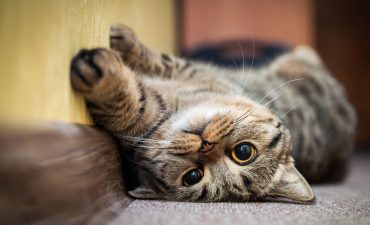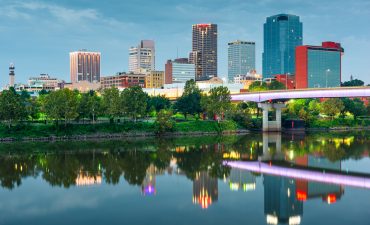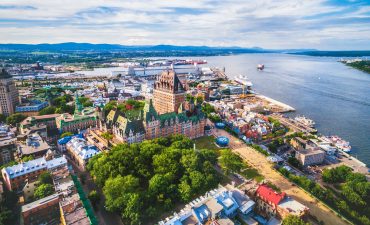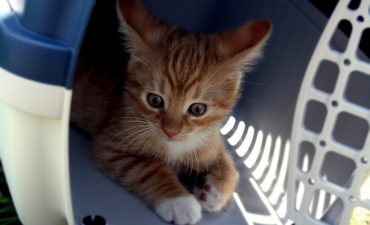Lungs are the part of the respiratory system that allows us to breathe. We take in oxygen and exhale carbon dioxide. We will breathe in and out almost 20,000 times in a day. This is an involuntary reaction, and even if we try to stop our breathing, we can’t possibly do so. The air that we inhale is purified through the lungs and the oxygen is absorbed through the bloodstream, before we exhale carbon dioxide.
Lungs and our breathing
We breathe in oxygen and exhale carbon dioxide and our lungs, and its different parts are solely responsible for these functions to happen. If there is too much mucus in the way, then we can have difficulty in breathing, and as a result we can get an asthma attack too. Breathing is essential, and we breathe since the time we are born and without air, we will just die.
How does it work?
The air we inhale from our nose enters the lungs and from there it passes through smaller tubes till it reaches the air sacs called the alveoli. These air sacs are placed at the ends of the bronchial tubes and look like bunches of grapes.
In the lungs, the air is purified and then the oxygen from the air enters the blood, and the carbon dioxide is pushed out of the body from the nostrils. There are many alveoli in our lungs and these are very small. Each lung has as many as 300,000,000 alveoli that purifies the air and supplies oxygen to the blood stream. Together both our lungs have six million alveoli that are kept busy in supplying oxygen to our blood.
The bronchial tubes
These tubes bring air from the trachea to the alveoli and keep the lungs clean. While one tube is directed towards the right lung, the other tube is directed towards the left lung. The bronchial tubes are then branched into smaller tubes in the lungs. The cilium that is present in the mucus cleans out the dirt and the germs and prevents them from entering the body.
How does the air get cleaned?
The minute we breathe in oxygen the hair present inside our nostrils trap dirt and germs. After the first step of filtration, the next process in performed by the cilia present in the mucus. Mucus has millions of tiny hair called cilia that remove the dirt particles and other foreign particles and prevent them from entering our bodies through the respiratory system. This happens through day and during the night, and we can be rest assured that the lungs remain dirt free.
What role does the diaphragm play?
This muscle like structure present at the bottom of the chest helps to get the air in and out of the lungs by moving it up and down. When the diaphragm moves down we breathe in and when it moves up, we breathe out. Without the diaphragm, the lungs cannot push the air in and out.
Both the nose and the mouth are important since they let in air and oxygen in our bodies.







what two things work to trap the dirt and germs before we inhale?